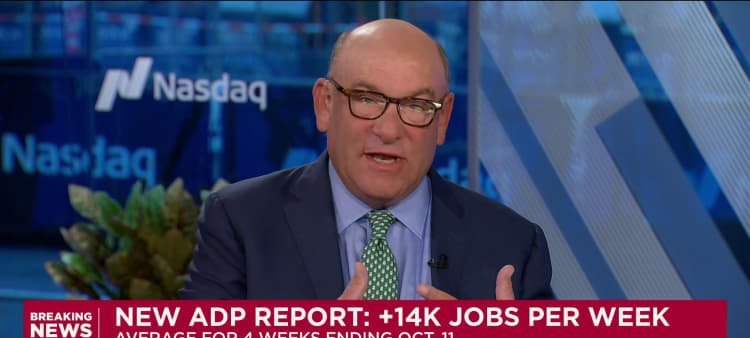Methodology and Timing
The newly introduced metric captures the net change in private payrolls over four consecutive weeks, then averages the result to provide a weekly pace of growth. The reference period in this instance runs from Sept. 15 through Oct. 11. ADP says the two-week delay allows time to process incoming payroll information from the more than 25 million workers covered by its systems.
In contrast, the National Employment Report focuses on a single pay interval: the week that includes the 12th day of each month. That narrower window is designed to mirror the methodology used by the U.S. government’s establishment survey, produced by the Bureau of Labor Statistics. Because the two ADP products track employment over different spans, monthly totals derived from the weekly series should be viewed as provisional until the NER becomes available.
Context for Policymakers and Businesses
Labor-market indicators have taken on added importance since routine economic reports were suspended during the shutdown. By releasing a near real-time gauge, ADP aims to give investors, business leaders and policymakers a timelier look at hiring momentum. The company argues that a higher-frequency data set can help users identify trends or turning points more quickly than is possible with traditional monthly publications.
While the weekly collection offers earlier insight, analysts will still look to the NER and the government’s nonfarm payroll report for definitive confirmation of employment trends. The preliminary series covers only private employers, excluding federal, state and local government payrolls that can sometimes move sharply because of temporary census work, education hiring cycles or fiscal policy changes.
Comparison With Prior Month
The swing from September’s estimated loss to October’s moderate gain suggests that the earlier weakness may have been temporary. However, the improvement remains modest relative to long-term averages, and all figures are subject to revision. Should the October NER corroborate the preliminary numbers, it would mark a step toward restoring the slow but steady job creation pace observed over much of the past year.

Imagem: Internet
Sector-specific details will not be available until the NER is published. Historically, the report has broken down employment changes across major industries such as manufacturing, construction, trade and professional services. Those breakdowns help economists assess the breadth of hiring and identify areas of strength or weakness within the broader economy.
Next Steps in Data Release Calendar
ADP plans to deliver the second installment of the weekly series next Tuesday, reflecting payroll changes for the four weeks that end on Oct. 18. The October National Employment Report, which will incorporate the week containing Oct. 12, is scheduled for release on its customary Wednesday slot ahead of the government’s payroll numbers—provided that regular federal data dissemination resumes on time.
Market participants will compare the forthcoming NER with both the weekly averages and the subsequent nonfarm payroll report to gauge whether the private-sector rebound is gathering momentum. Aligning the three data sets will also clarify how the private numbers mesh with public-sector employment, offering a more complete picture of overall labor demand.
Until those reports arrive, the preliminary reading of 14,250 new private jobs per week stands as the most current signal on hiring. Although the figure does not erase broader concerns about economic uncertainty, it indicates that employers have continued to expand payrolls despite recent disruptions in data availability and ongoing debates over fiscal policy.
Crédito da imagem: ADP



